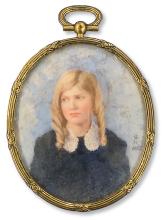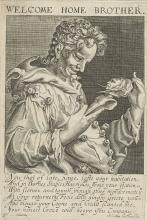Theodore Roosevelt on his presidency: "In the end the boldness of the action fully justified itself."
Submitted by Carolyn Vega on Thu, 03/17/2011 - 12:24pmTheodore Roosevelt was the second president of United States to write a book-length autobiography, but he was the first to give a lengthy account of his presidency or to give details about the private life of an American head of state.
Abraham Lincoln had written a few brief sketches of his life, and Ulysses S. Grant was the first to compose a full autobiography. But, written while the penniless Grant was dying of throat cancer in an attempt to ensure that his family would have a means of support after his death, his Personal Memoirs of Ulysses S. Grant (published posthumously by Mark Twain) deals primarily with his military career.










